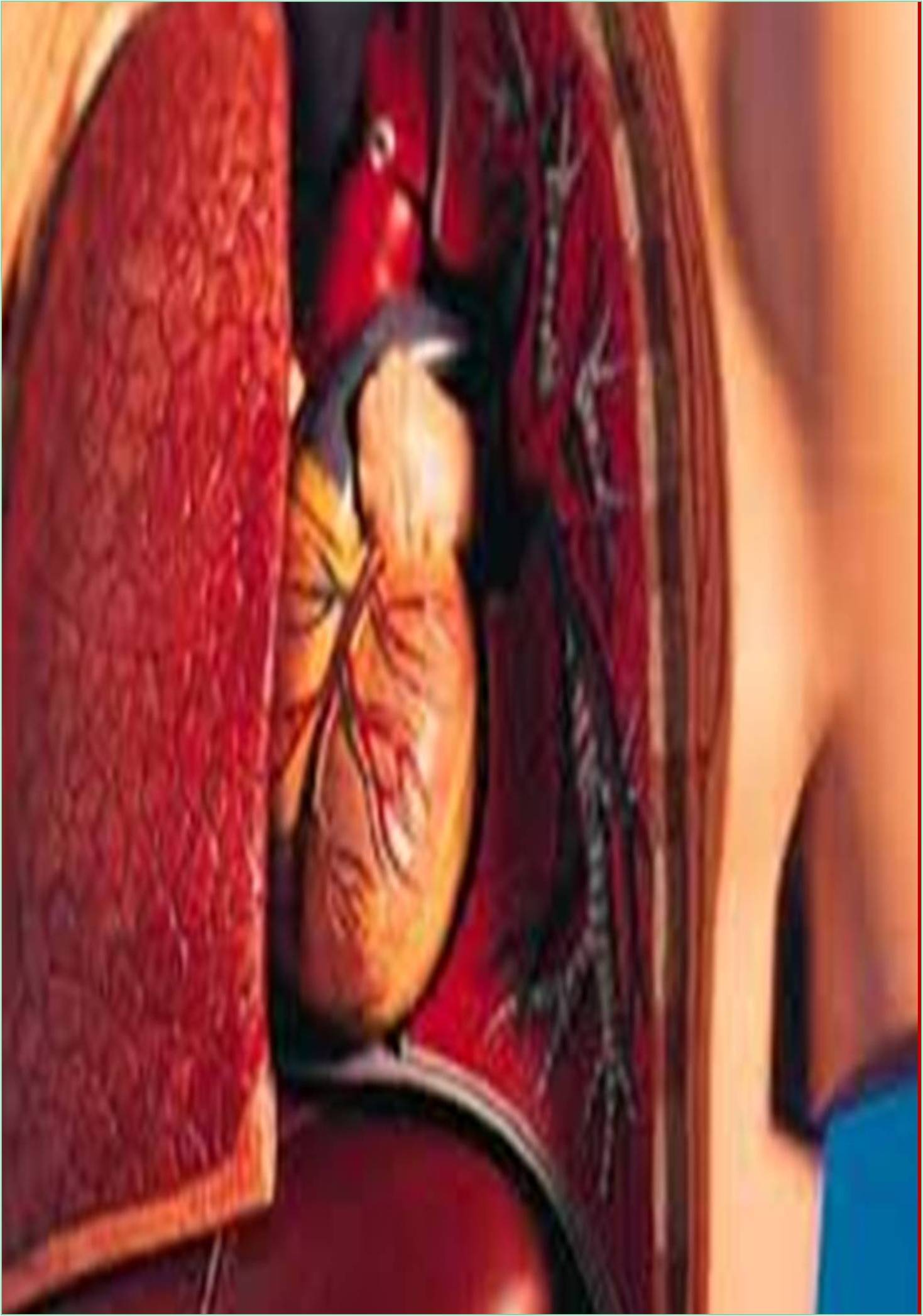



Received: 01-Aug-2022, Manuscript No. GJGC-22-74283; Editor assigned: 03-Aug-2022, Pre QC No. GJGC-22-74283 (PQ); Reviewed: 17-Aug-2022, QC No. GJGC-22-74283; Revised: 24-Aug-2022, Manuscript No. GJGC-22-74283 (R); Published: 01-Sep-2022, DOI: 10.15651/GJGC.22.10.010
Due to its inverse correlation with Colorectal Cancer (CRC) incidence, the Adenoma Detection Rate (ADR) has emerged as the primary quality measure for colonoscopy. Few studies have been conducted to assess the impact of trainee involvement on the quality of colonoscopy, with mixed results.
Colorectal Cancer (CRC) is the second leading cause of cancer-related death in both men and women in the United States, with approximately 1,45,600 new cases diagnosed each year. Observational studies have shown that screening colonoscopy reduces the incidence and mortality from CRC significantly. Because of its inverse relationship with the risk of CRC, the adenoma detection rate (ADR) has emerged as the most important quality measure for colonoscopy. Several factors influencing ADR have been studied, including withdrawal time, bowel preparation quality, and sedation type. Two randomized controlled trials found that having an experienced nurse observe the procedure increased the number of detected polyps and adenomas.
Endoscopy has traditionally been taught during Gastroenterology (GI) fellowships using an apprenticeship model of education combined with selflearning, allowing trainees to meet Accreditation Council for Graduate Medical Education (ACGME) milestones and gain the ability to perform a wide range of diagnostic and therapeutic endoscopies independently.
A small number of studies have been conducted to determine whether fellow participation in colonoscopy affects ADR, with conflicting results. In our larger study, we wanted to see how fellow participation in colonoscopy affected ADR.
Given the complexity of the colonoscopy procedure and the large number of cases required to achieve proficiency, there is frequently apprehension, sometimes expressed by patients themselves that the involvement of a trainee may result in a suboptimal examination. Our findings show that involving a trainee of any level has a positive impact on the procedure's findings.
There are probably several factors contributing to this improvement. A study indicating that experienced nurses' observation of the operation resulted in a higher ADR supports the idea that having an additional pair of trained eyes observing the screen would be a possibility. The examination might be more thorough when fellows are present since the attending is more likely to serve as a role model for the best examination technique. Others have demonstrated a link between recording colonoscopies and a rise in ADR for some doctors, and having a fellow present during the surgery may have a similar effect on the endoscopist. Senior GI fellows are likely to have attending-level competence levels, but they are not overconfident, which can help to increase ADR.
To maximize homogeneity and reduce variability, we decided to only include procedures completed by academic gastroenterologists who have earned their board certifications, with or without the assistance of gastrointestinal fellows from the same fellowship program. It is unknown if extrapolating our findings to endoscopists of other disciplines or to those with lower ADR will produce similar results because all of the attending physicians in our study had high baseline ADRs.
We chose an all-indication ADR over a screening ADR because only a small number of cases are performed at our center for an indication of average-risk screening. This could account for the high baseline ADR. Allindication ADR, on the other hand, has been shown to correlate well with screening ADR, and the European Society of Gastrointestinal Endoscopy (ESGE) recommends including all indications in ADR calculation (age 50 and above, and excluding emergent procedures as well as these done for specific therapeutic indication).
Some limitations of our study are inherent in its retrospective design. The participation of fellows in colonoscopies was not randomized, but rather determined by availability and scheduling. At the time of the study, withdrawal time was not recorded. If there was a statistically significant difference in withdrawal time between the two groups, the observed improvement in ADR could be attributed to the longer withdrawal time rather than to fellow participation. The exact degree of fellow participation could not be determined from a review of the medical records and is likely to vary between attendings and fellows.
For example, the time that an attending allows the fellow to handle the scopes during insertion and/or withdrawal before taking over could vary, and this could have an independent effect on the ADR. The high proportion of male patients is typical of studies conducted at veteran’s administration medical facilities. The number of fellows and attending physicians in our study is small, and a larger sample size could produce different results.
The study has several strengths, including the large number of cases included and the very high ADR without fellows, which improved with fellows, implying that the additional polyps detected were not missed due to inadequate examination.
The study discovered that GI fellows who participated in colonoscopy had a higher number of adenomas per patient, a higher polyp detection rate, and a higher adenoma detection rate. As a result, patients and other stakeholders can be reassured about the impact of gastroenterology fellow participation on the quality of colonoscopy.